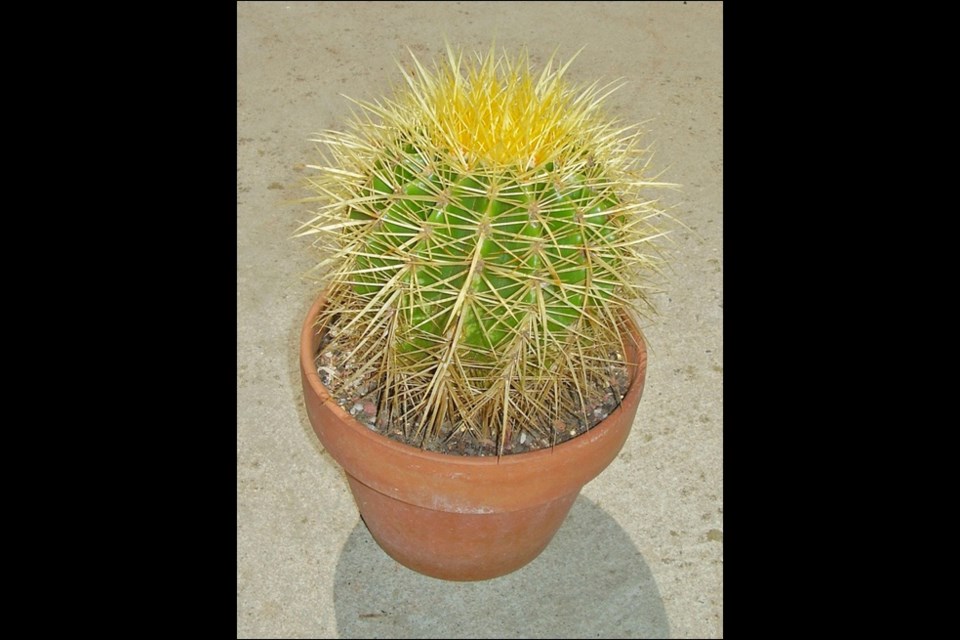A commonly held belief is that cacti are tougher and more resistant to neglect than other plants. This reputation is likely due to two factors. First, their spiny, well-protected exterior gives them the appearance of being able to look after themselves. Second, they are slow to show distress. While other plants will yellow, drop leaves and wither soon after experiencing stress, a cactus will often simply suffer in silence until it’s too late.
The first step in growing a healthy cactus is to start with one that is already in good shape. Avoid purchasing plants that have damaged spines, obvious signs of bruising, or lopsided, spindly or uneven growth. Ideally, buy your cactus as soon as possible after it has arrived at the store.
Contrary to popular belief, most cacti do not prefer to live in pure sand. However, since they are slow growing and most require full sun (some exceptions), they can quickly be crowded out in richer soils. In the home, where competition from neighbouring plants has been eliminated, cacti grow well in free-draining media richer than sand. Commercial cactus mixes are available, but you can make your own by combining one part very coarse sand or grit with two parts regular houseplant, peat-based potting mix.
The quantity and frequency of watering is one of the biggest dilemmas cactus owners face. Since a cactus does not wilt at the first sign of drought stress, the plant itself offers few cues when it needs water. A good rule of thumb is to water when the top inch of soil is dry. This rule should be adjusted with the season, as plants require more water during their active growth period (early spring to mid-summer) than when they are entering a slower or even dormant phase. In winter, plants may require water only once a month. Supply just enough water to prevent the roots from drying out completely. One of the most important considerations is that the pots must never stand in water. Waterlogged media can quickly lead to rotting roots with disastrous consequences for the plant.
For fertilizer, use a specialty cactus fertilizer or something like15-15-30 + minor nutrients. Fertilize every second watering during the summer; in the winter, fertilize every fourth watering at only half strength.
While most cacti tolerate a wide range of temperatures, most will do well at regular room temperature. Do not expose them to chilling drafts or trap them behind a curtain on a windowsill in winter.
Sun-loving cacti are native to dry regions where they receive direct sunlight for most of the day. In the home, place them near a window with a south or west exposure to receive direct sunlight for at least a few hours each day. During the summer, your cacti will appreciate being moved outdoors where they can receive brighter light combined with cooling daytime breezes and cool humid air at night. When moving cacti outdoors, be sure to place them in partial shade for the first few weeks, then slowly move them to a sunnier location. Plants going directly outside into full sun will be scorched by the more intense light found outside the home until they have acclimated.
This column is provided courtesy of the Saskatchewan Perennial Society (www.saskperennial.ca; hortscene@yahoo.com; www.facebook.com/saskperennial). Check out our Bulletin Board or Calendar for upcoming garden information sessions, workshops, tours and other events: Nov. 23, 7:30 p.m. – Two Gardens, East and West; with Sara Williams; Emmanuel Anglican Church.



